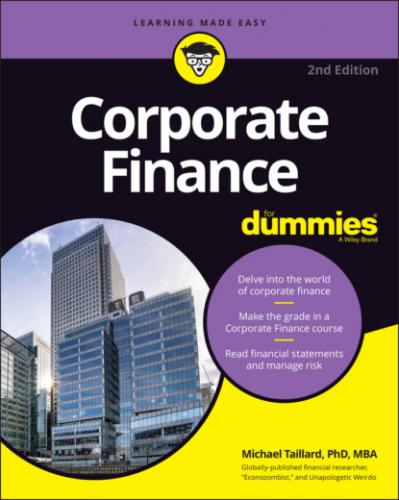This section goes over the subsections that fall under the owners’ equity portion of the balance sheet. The first three cover different types of stock, while the last three go over other types of earnings and income.
Preferred shares
Company ownership is measured in shares of stock, but the types of stock vary. The first one listed on the balance sheet is called preferred shares. Preferred shares take precedence over all other types of stock in several different ways. First of all, preferred stockholders are guaranteed dividends, which means they always get their payments before common shareholders get theirs (see the next section). If the preferred holders don’t get their guaranteed dividends one year, those dividends accumulate into the next year. Holders of preferred shares also get their full value in the liquidation of the company should it go out of business before holders of common shares get anything. Some types of preferred shares can be converted into common shares.
Common shares
Like preferred shares, common shares give their holders the right to receive dividends and obtain company information upon request, but unlike preferred shares, common shares also come with voting rights that can influence company policy. The balance sheet treats common shares similarly to how it treats preferred shares in that the common shares section must list the number of shares outstanding, the number of shares authorized, and their par value.
Treasury shares
Treasury shares are shares of common stock that the issuing company has repurchased (a common behavior when a company believes the share price of the stock will increase with decreased shares available to investors). Companies often hold on to treasury shares in an attempt to drive up their own share price with the goal of reselling the shares at a profit. Companies aren’t required to list as much information about these shares on the balance sheet, but they do have to include total value of shares.
Additional paid-in capital
The par value of a stock is originally set by corporations with contributions by their investment bankers at the initial public offering (the first time a specific stock is sold to investors as a company raises money) — often just called the IPO. The investment bankers determine the value of the company, which is used to establish the amount to be raised, and then divide that amount by the total number of shares to get the par value. During the IPO, shares are sold at no less than the par value, but investors often pay more as they try to outbid other investors. Any amount that the company raises over par value contributes to the additional paid-in capital and shows up on the balance sheet as such.
Retained earnings
When a company earns income, that is to say when it makes money, that money either goes to the owner(s) of the company or is reinvested in the company. In either case, the money belongs to the company’s owner(s) and must contribute to the value of their ownership in the company. For corporations, any money that doesn’t go to the stockholders in the form of dividends (which are reported on the income statement; see Chapter 5) is reinvested in the value of the company as retained earnings. Retained earnings consist of the money that a company makes after all expenses that it reinvests instead of giving to the stockholders.
Finding Financial Zen
The information included in the balance sheet allows you to determine the very value of a company, as well as to whom that value is allocated as the company either thrives or fails in its pursuits. Everything that contributes to the value of a single corporation is either provided by the owners (the shareholders) or the lenders (who the corporation is obligated to repay). It is for this reason that those in corporate finance must work hard to find the appropriate balance between the two (discussed in more detail in Chapter 17).
By applying this information, you can determine a company’s ability to pay back loans, the value of the company’s stock, and the expected return for investors. Plus, you can use the values you get from these metrics to evaluate whether the company is worth any loans issued, how efficiently management is allocating resources, how efficient the company’s production is working, how effective a company is at managing inventory, how efficiently it sells its products, how effective it is at collecting debt, and so much more.
By itself, the balance sheet shows only metrics related to value. But when you use it with information from the income statement and the statement of cash flows, you can determine how effectively a company is using its assets to generate income, as well as how well a company may use income to pay its debts.
Chapter 5
Incoming Income
IN THIS CHAPTER
How can you tell whether a company is successfully generating wealth beyond the wildest dreams of its owners, providing them with levels of luxury understood only through ancient mythology, or dooming them to a life of desperate poverty from which they may never escape, or something in between? By looking at the company’s income statement. Simply put, the income statement is a financial report that describes whether a company is thriving in its pursuit of income or flushing money down the toilet.
In this chapter, I break down the income statement in the order that it’s written, starting with the total amount of money made and then going through all the additional revenues and all the costs, until I end with a profit (or loss, if your company isn’t doing so well).
Adding It Up
Income statements come in two types: single-step and multiple-step. They’re essentially the same thing except that a multiple-step income statement provides more detail, so I focus on the multiple-step version in this chapter. For a rundown of single-step income statements, see the upcoming sidebar.
SINGLE-STEP INCOME STATEMENTS
Many companies prefer to use single-step income statements, particularly for
